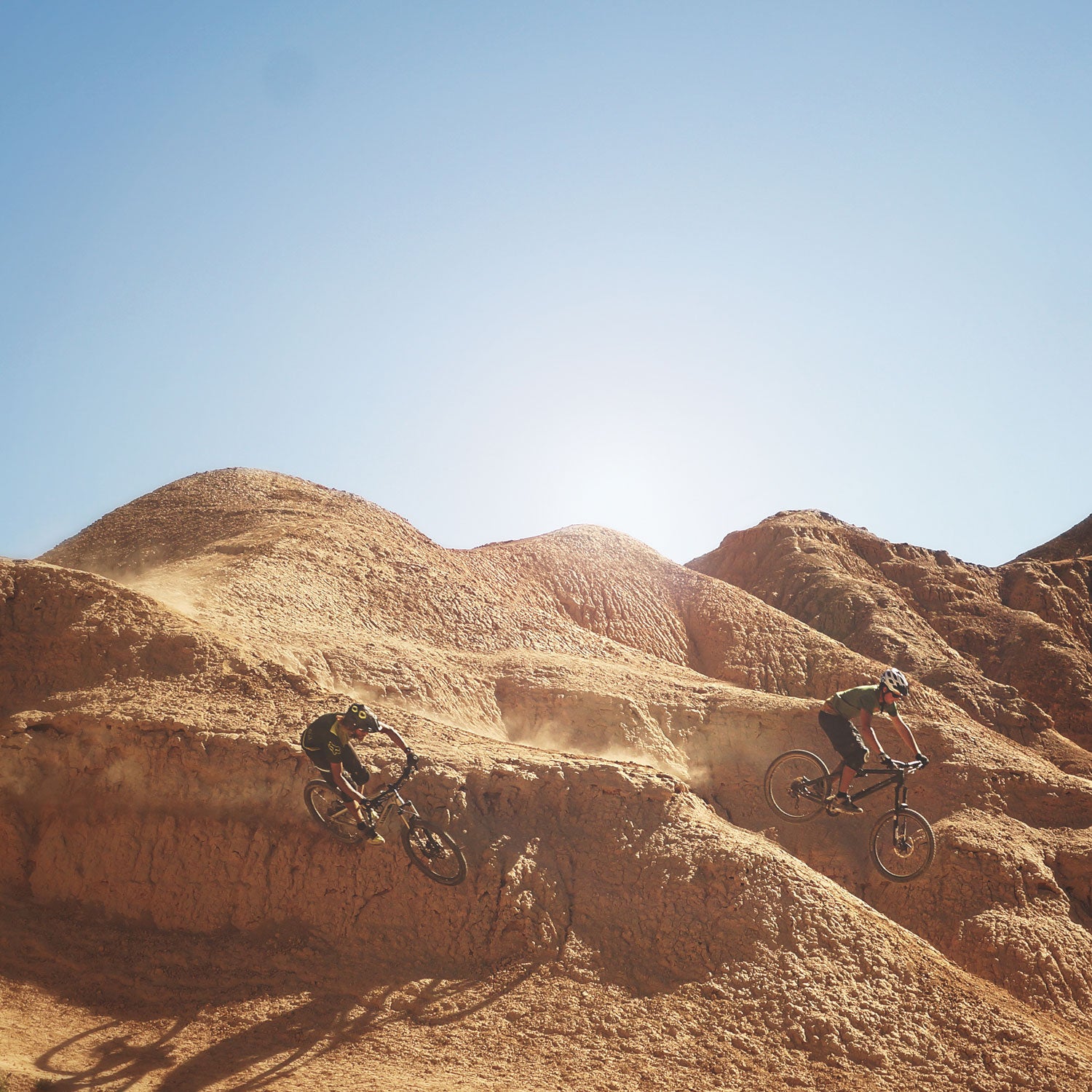Since Utah established the country’s first state office of outdoor recreation five years ago, the idea has spread rapidly. Colorado and Washington opened offices in 2015; in 2016, three more states started offices or initiatives dedicated to promoting outdoor recreation. Last year, the number nearly doubled, bringing the total to 11.
This rush of activity indicates that state governments have come around to the idea that outdoor recreation is a significant driver of economic activity that also offers other important environmental and social benefits. Until relatively recently, most states gauged the value of federal public lands within their borders purely in terms of their viability for extractive industries like mining, logging, and oil drilling. But in recent years, thanks to a growing awareness of the consumer spending and state tax revenue associated with outdoor recreation, that attitude has begun to evolve. Now these new offices are looking to advance changes in policies to further support the sector.
While this is good news for the recreation industry, by Utah State University’s suggests these offices are in dire need of more support from outside the outdoor industry if they’re going to have an enduring impact.
“The offices of outdoor recreation represent a watershed moment in the recognition of outdoor recreation being a critical component of any state’s economy, livability, and public policy,” says Bob Ratcliffe, chief of conservation and outdoor recreation programs at the National Park Service (NPS), which commissioned the report. “My interest was to have a better understanding on what ingredients are emerging from these offices, identify their areas of focus, then determine how federal agencies can better align, collaborate, and support public land policy that helps achieve those goals.”
One standout finding in the report was that conversations about the outdoor recreation economy are increasingly commonplace among local, state, and federal politicians. Historically, government agencies haven’t factored in the revenue generated by activities like hiking and biking when assessing public lands. But recent efforts by the Outdoor Industry Association (OIA) and the federal Bureau of Economic Analysis (BEA) to estimate the size of the recreation economy have spurred a shift. The OIA put consumer recreation spending at , while the BEA, which didn’t count apparel and equipment manufactured overseas, put it at $373 billion.
The increased dialogue and financial analyses have created momentum for the new state offices, but the report alludes that many of them are still too small or poorly funded to be as effective as they need to be. Some have just a single staff member, in some cases assisted by college interns. Small budgets limit the work of most of the offices, though funding in Maryland, Rhode Island, and Vermont is especially anemic.
Some state legislators have been hesitant to invest much in the offices because they view them as experiments. Another challenge is the fact that compared to top-of-mind voter concerns like jobs, health care, and infrastructure, supporting recreation can seem like a very low priority to policymakers. “Outdoor recreation doesn’t generally have a lot of crises on its own,” said one unnamed government employee quoted in the report. “Crises are what sometimes get money and attention.”
Another political challenge to the offices comes from the fact that they can be created by governors. According to the report, this can lead to an office being seen as an extension of a political agenda, and thus a target for elimination by the next administration. The report suggests that offices will benefit by remaining independent from political parties or executives.
The good news is that outdoor recreation is something both liberals and conservatives support, though often for different reasons. The offices in more progressive states like Oregon, Vermont, and Washington focus on conservation as an end goal to increased use of public lands. Other states, like Maryland, North Carolina, and Wyoming, tend to view recreation as revenue source first, with conservation as a potential side benefit.
Despite their current limitations, some offices have already won big victories. The Utah office successfully lobbied to secure a portion of revenue from hotel and motel taxes for projects like like boat ramps and trail construction in counties and cities.
In determining the offices’ impact, the report stresses that states shouldn’t limit their assessments to economics and the environment. In Rhode Island, for example, the recreation council’s primary goal was improving public health. (Rhode Island's office was a temporary test to study the feasibility and effectiveness of an recreation office, and the results are still being examined.) Recreation doesn’t “exist in a vacuum,” as one government employee was quoted saying in the report, so their impact shouldn’t be measured in one either.
“States that have already set up offices of outdoor recreation haven’t only seen economic benefits,” says Jordan W. Smith, one of the report’s authors and an assistant professor of environment and society at Utah State University. “They’ve also seen benefits to state transportation systems, health care, and people’s general quality of life.”
While it’s clear that all the states’ offices need a lot more resources if they’re going to be effective, the simple fact of their creation is a testament to a new attitude about outdoor recreation and the value of public lands. “For many years, outdoor recreation was really thought of as a byproduct of public lands,” Ratcliffe says, “not as a resource in its own right.”


